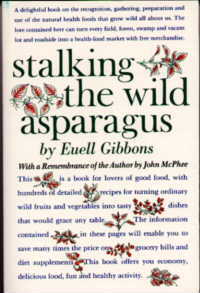"The day you decide to appreciate yourself is the day you begin to dance."
-T. Elder Sachs
 |
| mullein ears |
Back in July when we created the medicine wheel, I knew I wanted to plant mullein. I love this plant not just for its wonderful uses and properties but because it is so beautiful. There is something majestic about the large, even huge, silvery leaves that feel fuzzy to the touch and the tall stalk with it's delicate yellow flowers.
Since I planted these plants late in the season they have not flowered, so about a month ago when we were getting all the heavy rain I decided to harvest some of the leaves in case the plants got drowned in too much mud. We strung them to dry in our kitchen and watched them shrink and transform.
Mullein is well known as an herb for resperatory support. The Native Americans used it as a tea, as well as, smoked the dry leaves to relieve lung congestion. Many wise woman Mamas use mullein and garlic ear oil to naturally treat ear infections in their children. We decided to make a mullein oil infusion to use in a salve later on.
First the dried leaves are crumpled and broken up or cut into small pieces with scissors.
Next you loosely fill a clean glass jar with the broken herb being careful to leave enough air spaces and then fill with an organic oil of your choice, we used extra virgin olive. Save the remaining dry herb to make tea next time there is a cold or cough in your household. Seal your jar tightly and place on a sunny windowsill for few weeks to a month. When ready strain and use in a salve with calendula or just decant into a bottle and use topically for burns, ulcers, skin infections, and wounds.
 |
| stored dry mullein leaf and oil |
We are very happy to be featured on this wonderfully useful website, http://www.farmfoodconnect.com/. Check it out!






























